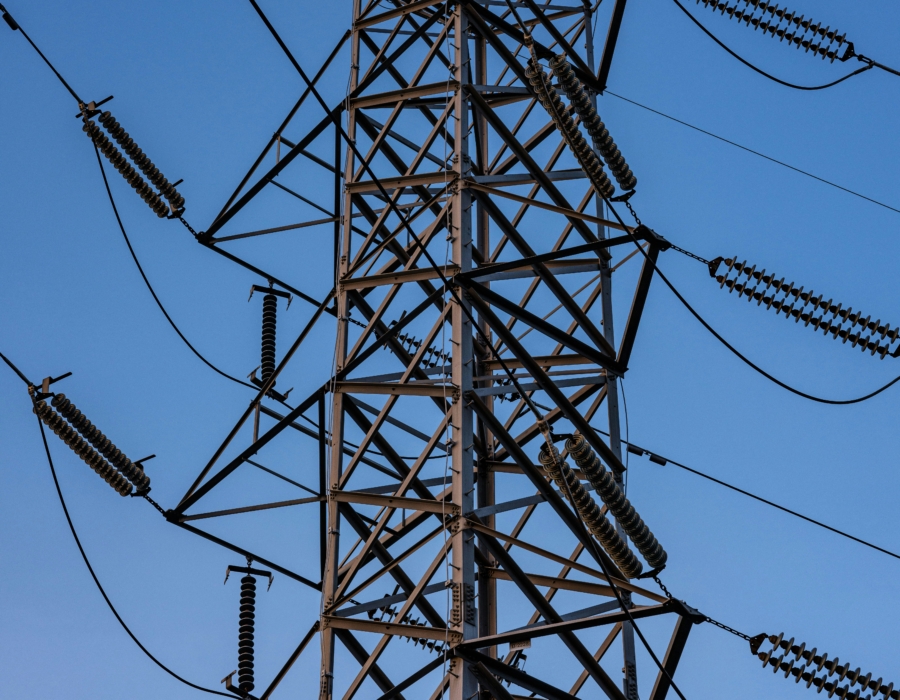Our industry is engaged in an important dialogue to improve sustainability through ESG transparency and industry collaboration. This article is a contribution to this larger conversation and does not necessarily reflect GRESB’s position.
Electrifying building systems and eliminating onsite fossil fuel use is essential for reducing the greenhouse gas (GHG) emissions of buildings. It can be a significant move towards decarbonizing your portfolio, realizing long-term sustainability goals, and complying with heightened regulations.
In the regulatory realm, the U.S. Securities and Exchange Commission (SEC) climate-related disclosures ruling will require U.S. buildings to report and disclose GHG emissions, displaying the climate-related risk of an organization’s building portfolio. At the local level, New York City has released a carbon tax law (Local Law 97) that requires all existing buildings over 25,000 square feet to pay a tax of $268 per metric ton if they exceed a square foot CO2e intensity limit. On the voluntary reporting side, GRESB is accounting for these regulations and the changing landscape towards a low-carbon economy. In the coming years, energy efficiency will be scored, as well as embodied carbon, renewable energy quality, and net zero seeing higher weighting and focus in the GRESB Assessment.
In tandem with new regulations, an increasingly greener electricity grid, producing electricity with a greater renewable mix and potential on-site electricity generation by solar photovoltaic (PV) systems, together provide a viable pathway to net zero carbon with all-electric buildings.
However, this electrification process can present both technical and financial hurdles. To help you navigate the complexities of existing building electrification and prepare GRESB reporters for assessment changes focused on decarbonization, here are a few essential tips for success.
#1: Engage experienced engineers ASAP to evaluate the feasibility of electrification
Addressing electrical capacity and infrastructure limitations can be both costly and complex. An electrification feasibility study will identify these challenges early on and provide recommended upgrade solutions and preliminary capital costs for financial planning.
#2: Right-size your new system with BTU meters installed now
Don’t make the mistake of replacing a 1 MBtu gas boiler with a 1 MBtu heat pump without proper evaluation. Gas boilers are often oversized to accommodate safety margins, so a like-for-like replacement will likely be oversized and unnecessarily costly. Installing BTU meters on site as soon as possible allows collection of real-time data on the building’s heating demand, which can be used to right-size your new electric system. These meters can help avoid expensive oversizing, while also providing long-term performance data for tracking system performance and making improvements over time.
#3: Explore hybrid systems
For some buildings, fully transitioning to electric systems may be prohibitively expensive; however, a hybrid system can rely primarily on electricity for base loads and supplement with a natural gas system during peak demand times. In many cases, the existing gas boiler can be used as supplemental backup, reducing the need to replace relatively new equipment.
For instance, a building could use the electric system for 95% of the year, while relying on the gas system for just 5% of hours at peak. This approach can be especially beneficial in extreme climates where a fully electric system may not be practical. According to the latest electrification research by Center for the Built Environment, a heat pump sized to 30% of the measured heating load electrified 84% of the annual heating energy for the median building in a study of 259 existing commercial properties nationwide.
#4: Plan realistically for your budget
Electrification is a capital-intensive process, with costs varying greatly depending on the building’s specific needs. The below table shows aggregated high-level cost ranges from recent Stok existing building electrification projects completed or in progress in coastal California. As actual costs are highly site-specific and must be assessed for each individual property, this table is only meant to provide budgetary guidelines or to serve as a comparison with other decarbonization strategies.
Electrification cost example

To successfully electrify your existing building portfolio, careful planning, informed decision-making, and a realistic budget are all essential. Enlisting engineering expertise is crucial in helping you navigate these challenges. By applying these strategies, you’ll be better positioned to overcome the complexities of electrification and make meaningful progress toward decarbonization at scale.
For more detailed insights and actionable advice, check out the recording of Stok’s Charlie Christenson’s panel at the ESG & Decarbonizing Real Estate Forum hosted by IMN.
This article was written by Xun Jia, Director of Engineering at Stok.
References
Crouse, Colette. “SEC Climate-Related Disclosure Rule: What You Need to Know“. Stok. Accessed September 19, 2024.
“Local Law 97“. NYC Sustainable Building. Accessed September 19, 2024.
Raftery, Paul, Rupam Singla, Hwakong Cheng, and Gwelen Paliaga. “Insights from hydronic heating systems in 259 commercial buildings.” Energy and Buildings 321 (2024): 114543. Accessed September 19, 2024.


